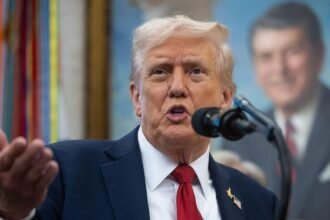Riyadh: Saudi Arabia and Pakistan have taken their long-standing partnership to a new level with the Strategic Mutual Defense Agreement, signed on September 17 during Pakistan’s prime Minister Shehbaz Sharif’s visit to Riyadh.
The pact, formalized by Pak PM Shebaz Sharif and Crown Prince Mohammed bin Salman, pledges a joint military response if either nation faces aggression, echoing the structure of a NATO-style alliance. This development has caught New Delhi’s attention, raising questions about its impact on regional stability.
For decades, Pakistan has trained Saudi forces, while Riyadh has provided vital financial support to Islamabad. A Saudi official called the agreement a “comprehensive step to strengthen our defenses,” but sidestepped questions about nuclear cooperation. The timing feels telling: it follows a tense India-Pakistan clash in May 2025, sparked by a terror attack in Pahalgam and India’s Operation Sindoor, as well as an Israeli airstrike in Doha on September 9 that stirred Middle East tensions.
India’s Ministry of External Affairs responded with measured calm. “We’re aware of the pact and will assess its implications for our security,” spokesperson Randhir Jaiswal said on September 18, reaffirming India’s commitment to safeguarding its interests.
New Delhi’s restraint reflects its deep ties with Saudi Arabia, with trade reaching $41.88 billion in FY 2024-25. Saudi officials were quick to reassure India, stressing that the pact isn’t aimed at New Delhi and that their partnership remains strong.
Still, the agreement raises concerns. Could it embolden Pakistan to take a bolder stance along India’s borders? On X, Indian voices labeled it a “strategic misstep,” while Pakistani users celebrated it as a diplomatic victory. India, bolstered by alliances like the QUAD and BRICS and its economic strength, is well-positioned to navigate this shift.
This pact highlights the delicate balance of power in South Asia and the Middle East. With New Delhi watching closely, India’s response will be steady but resolute, shaped by its strategic priorities.















